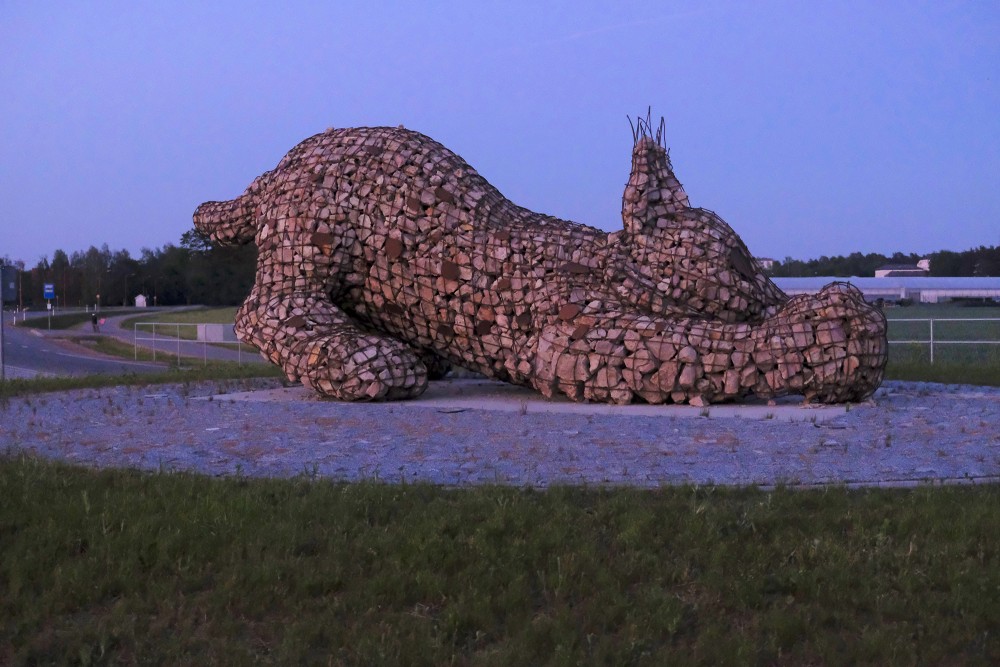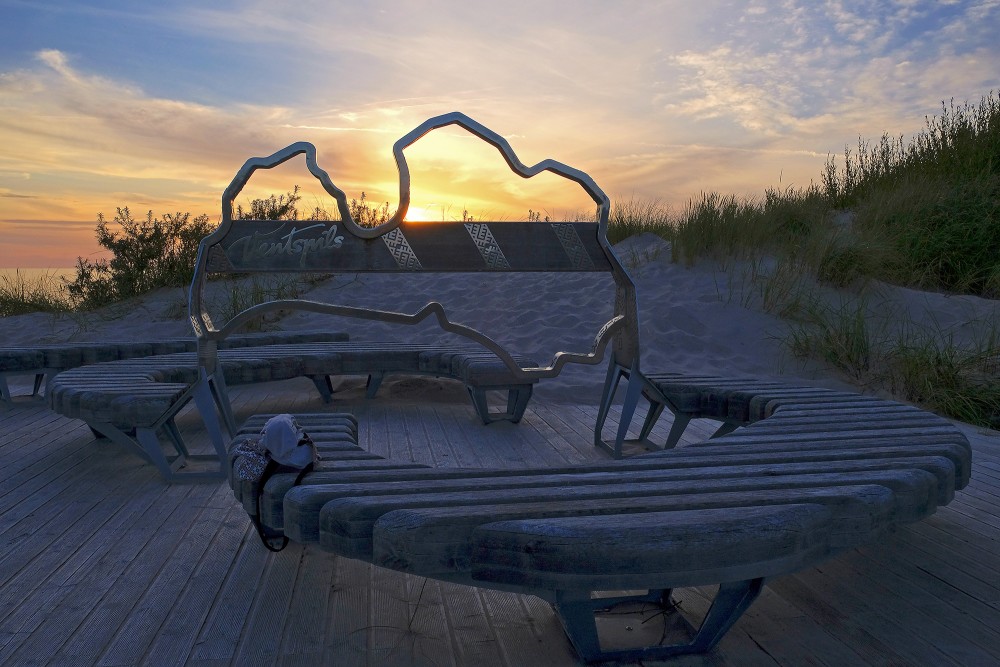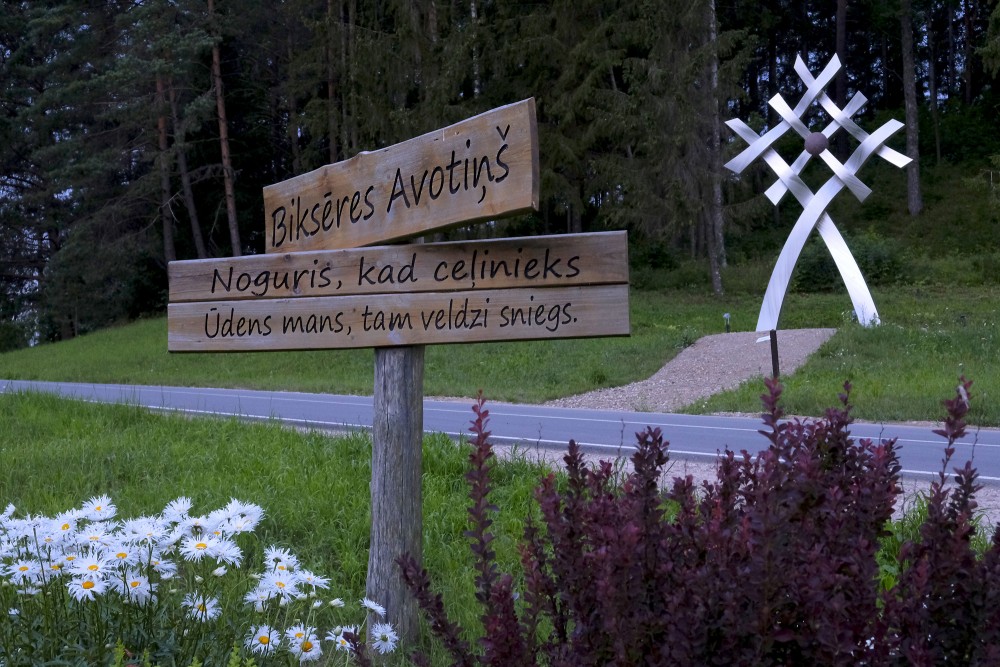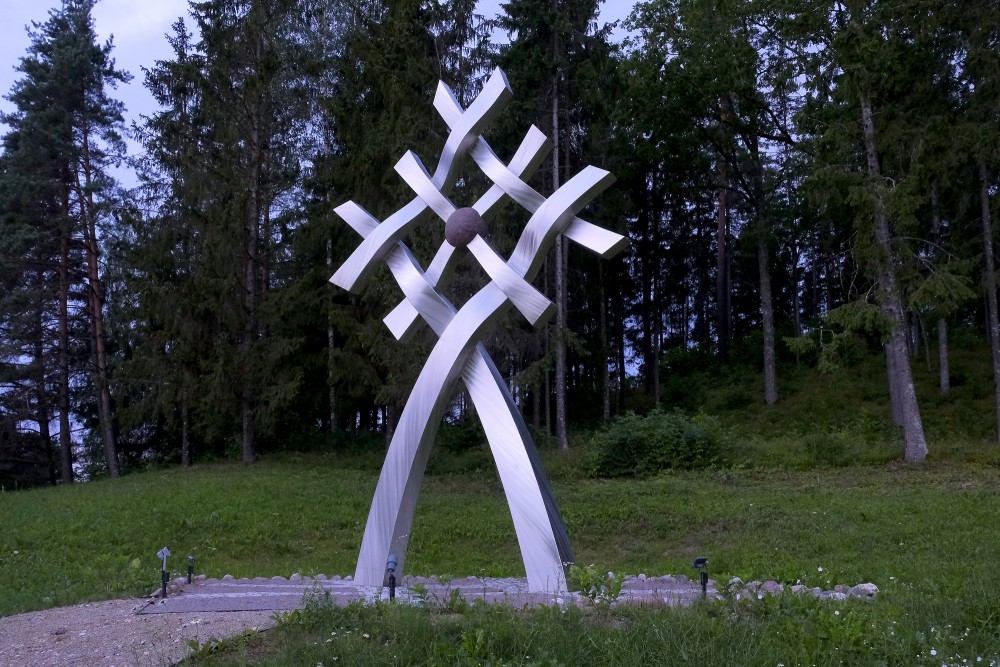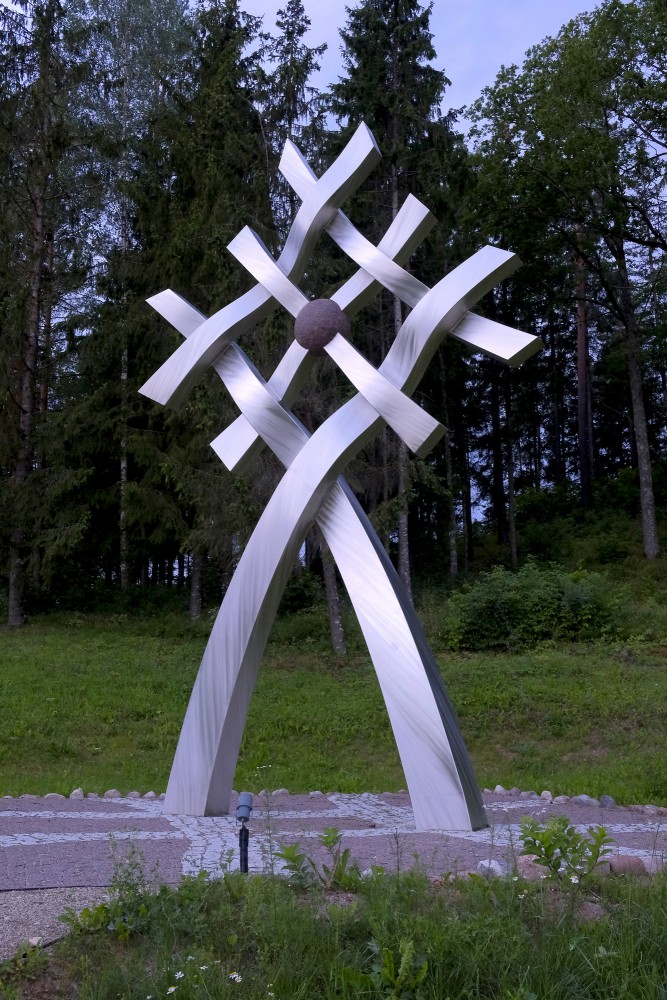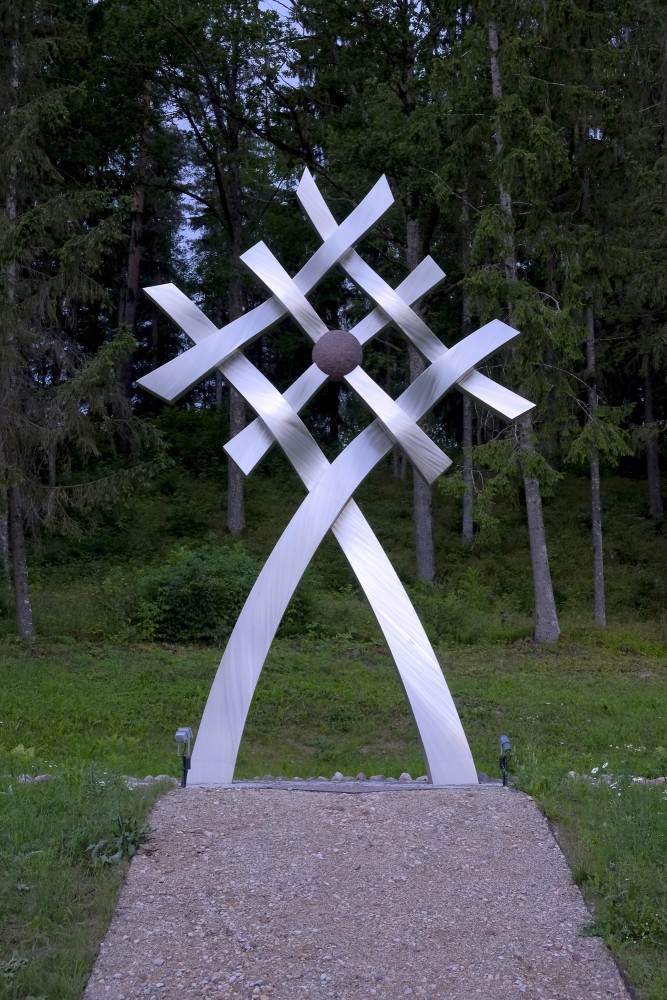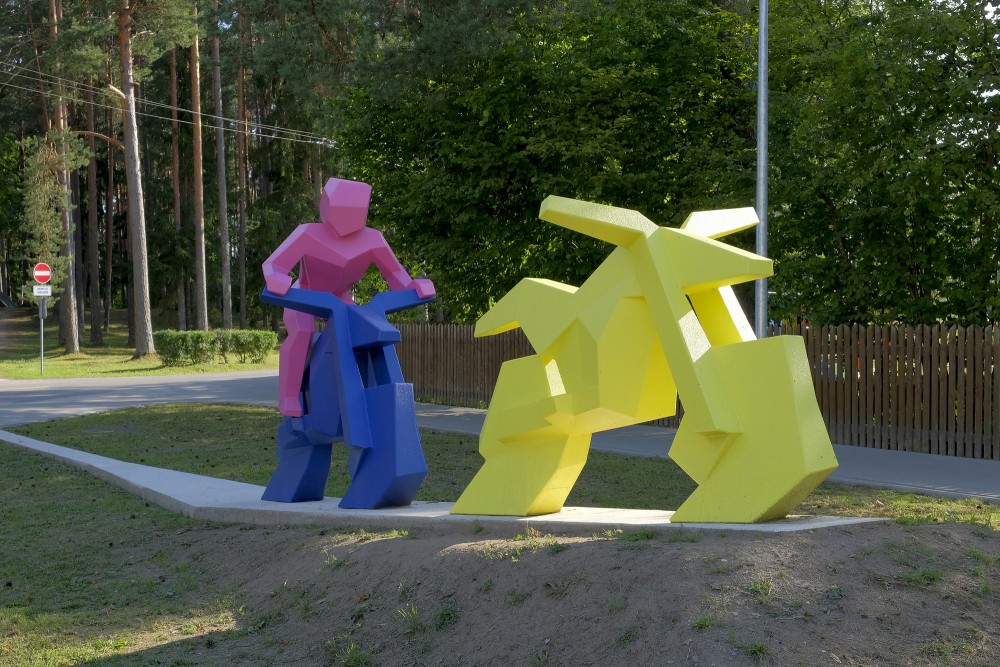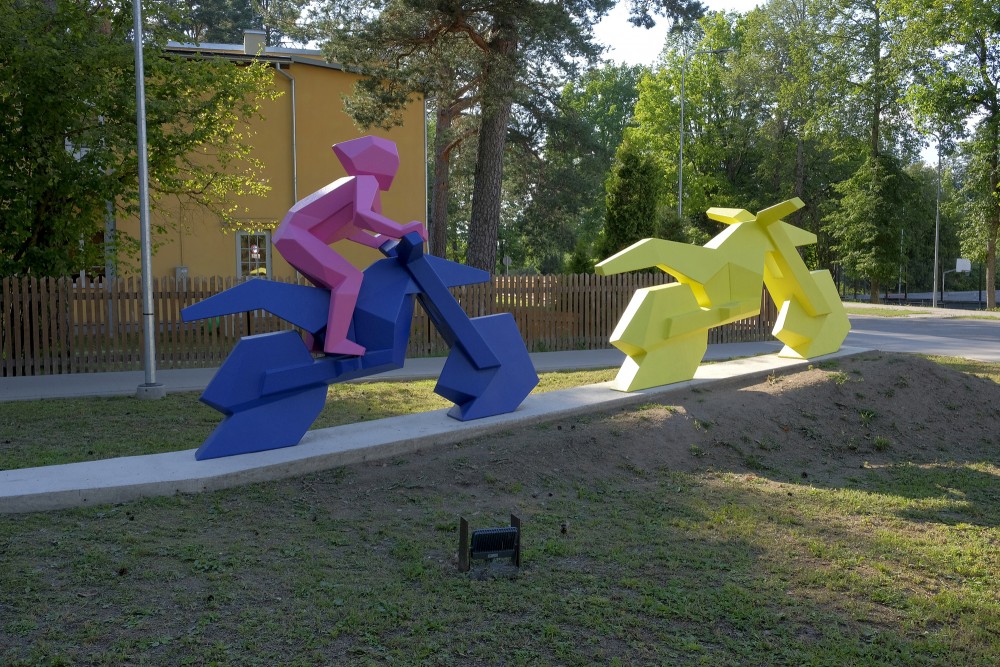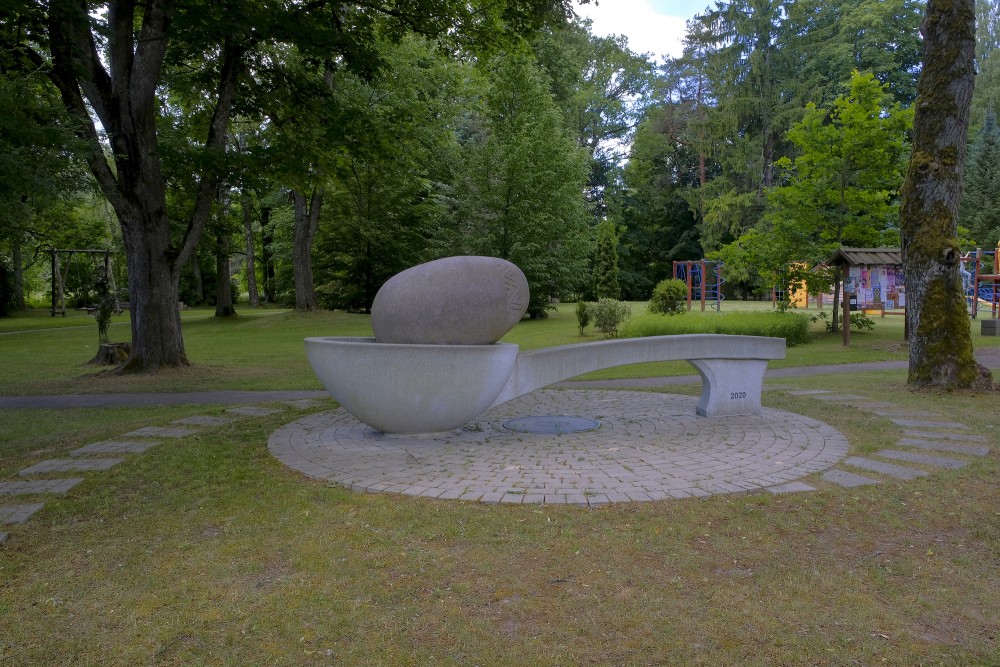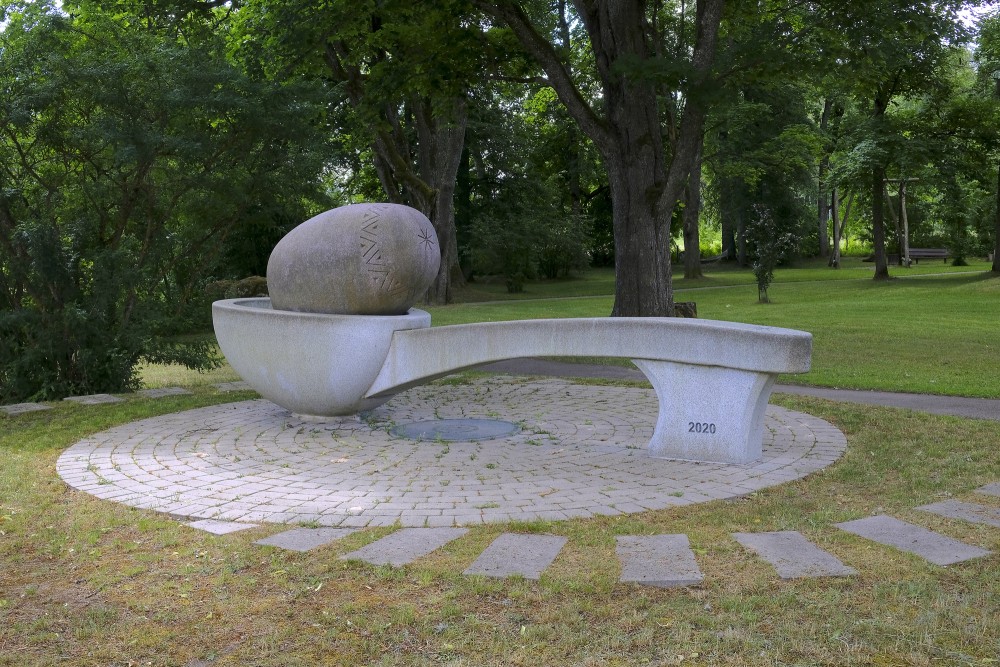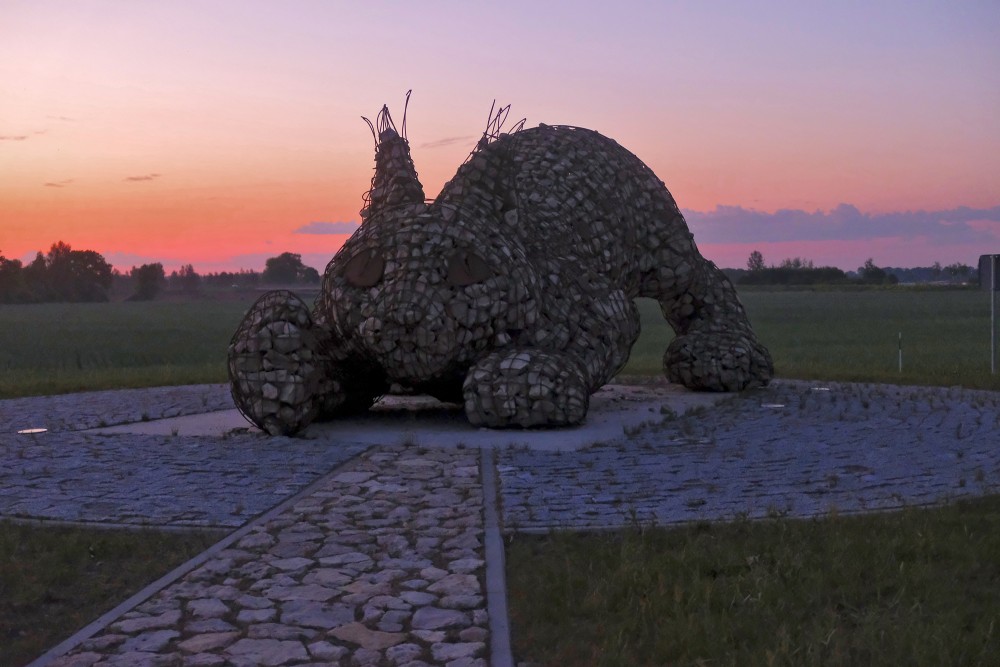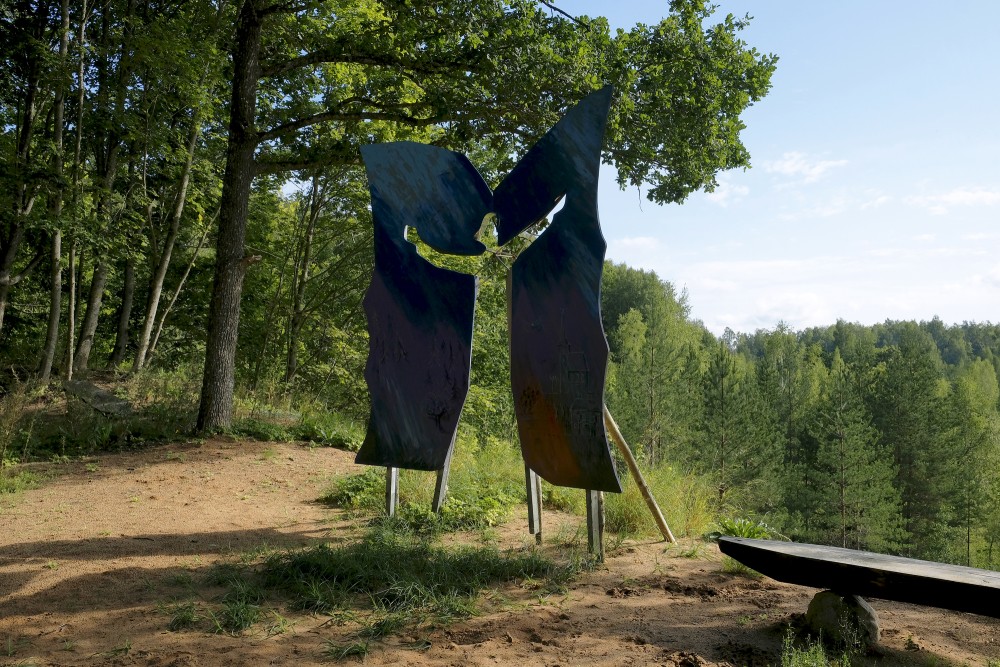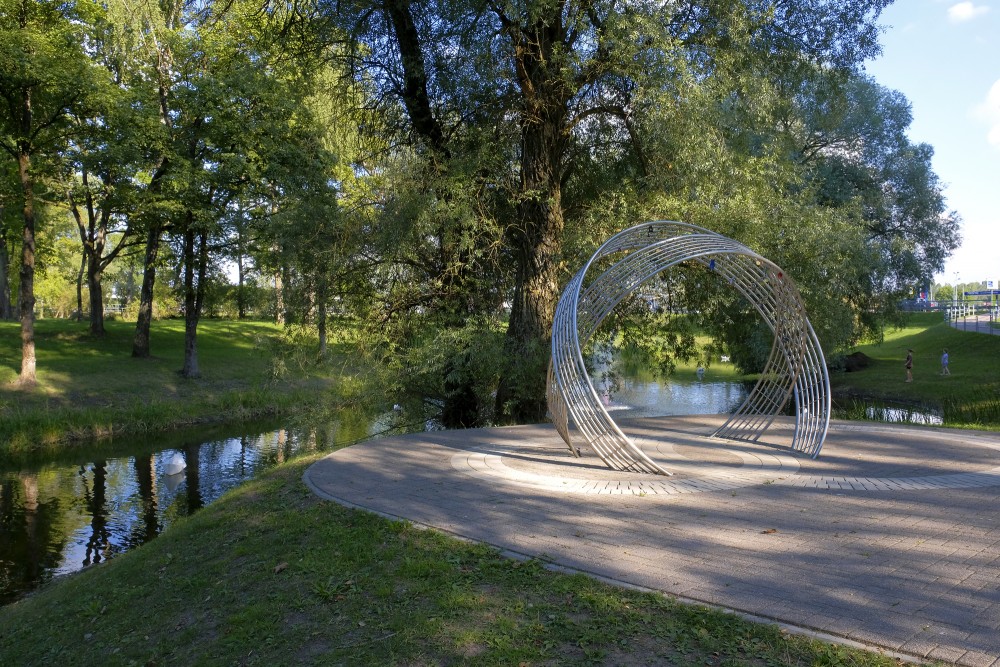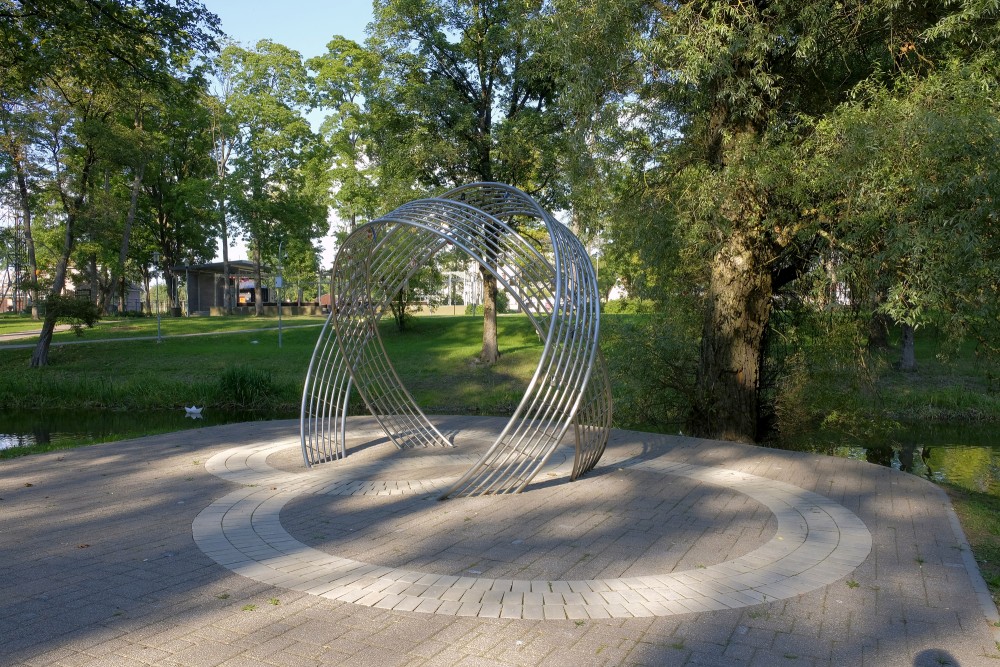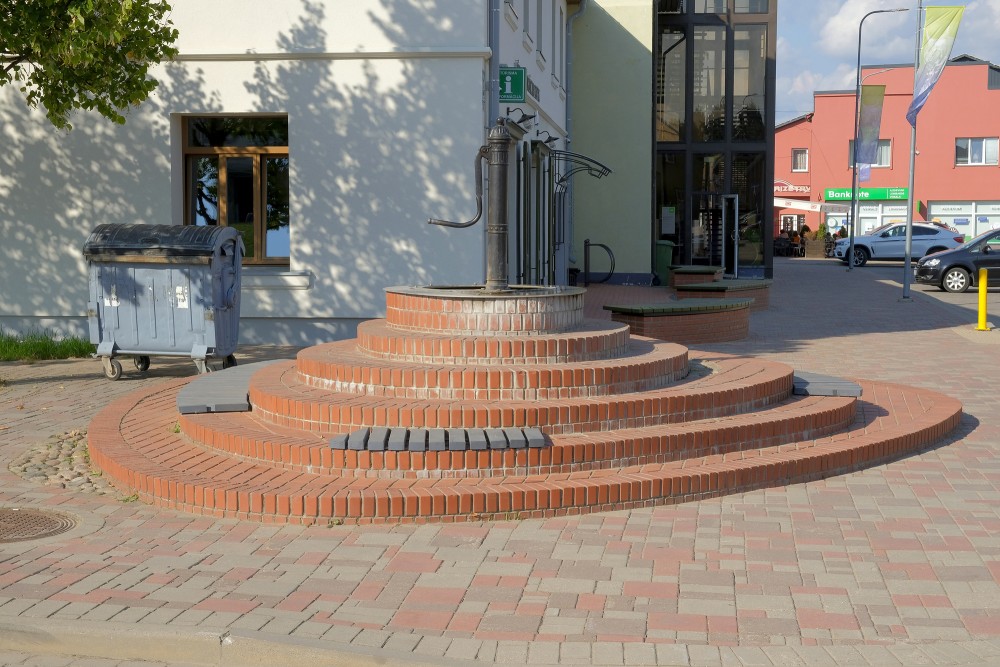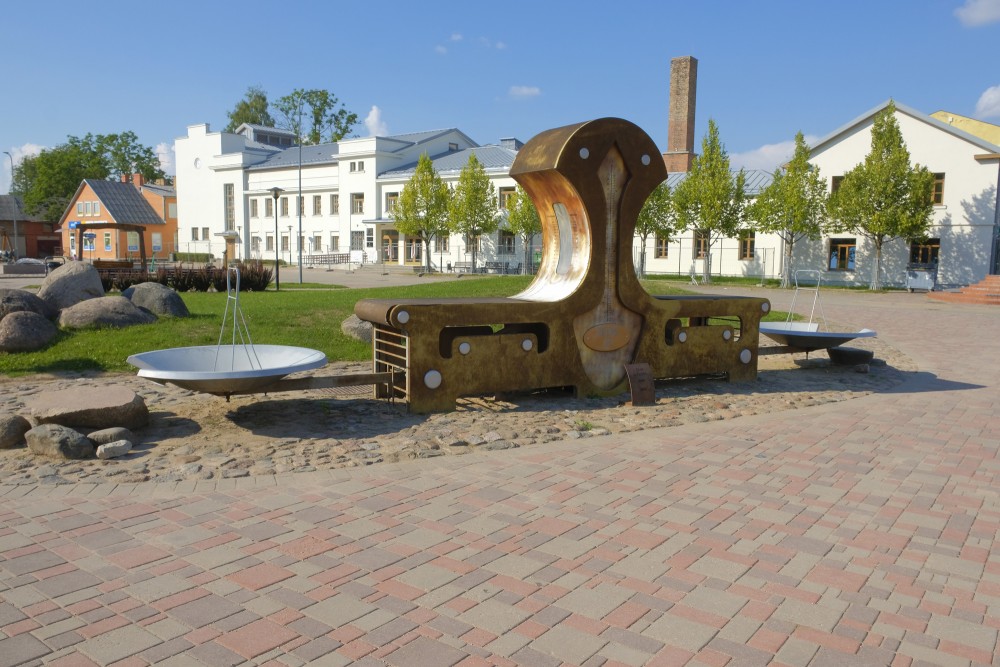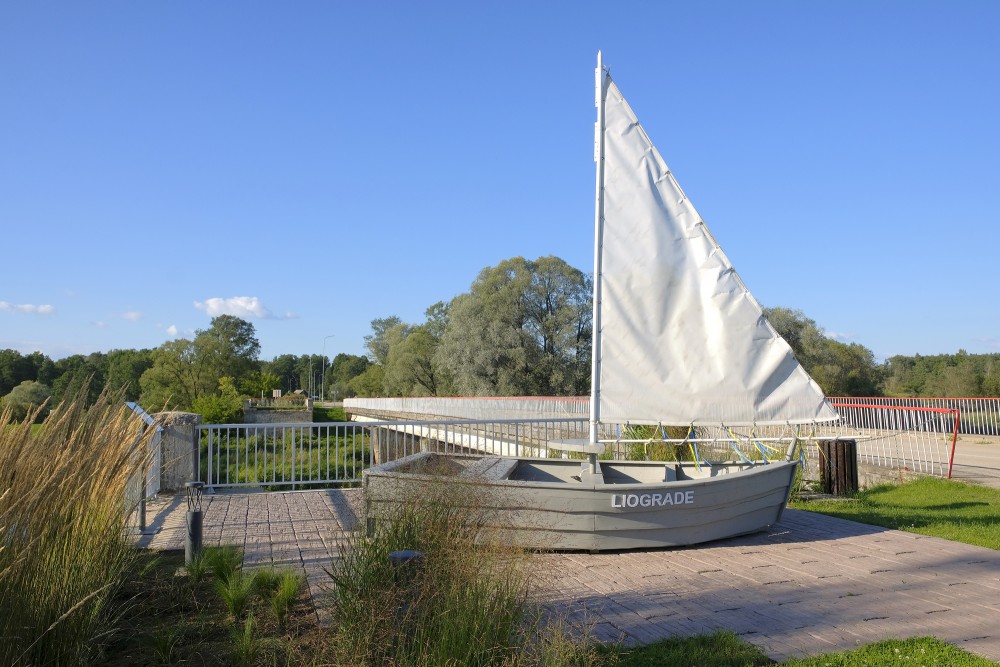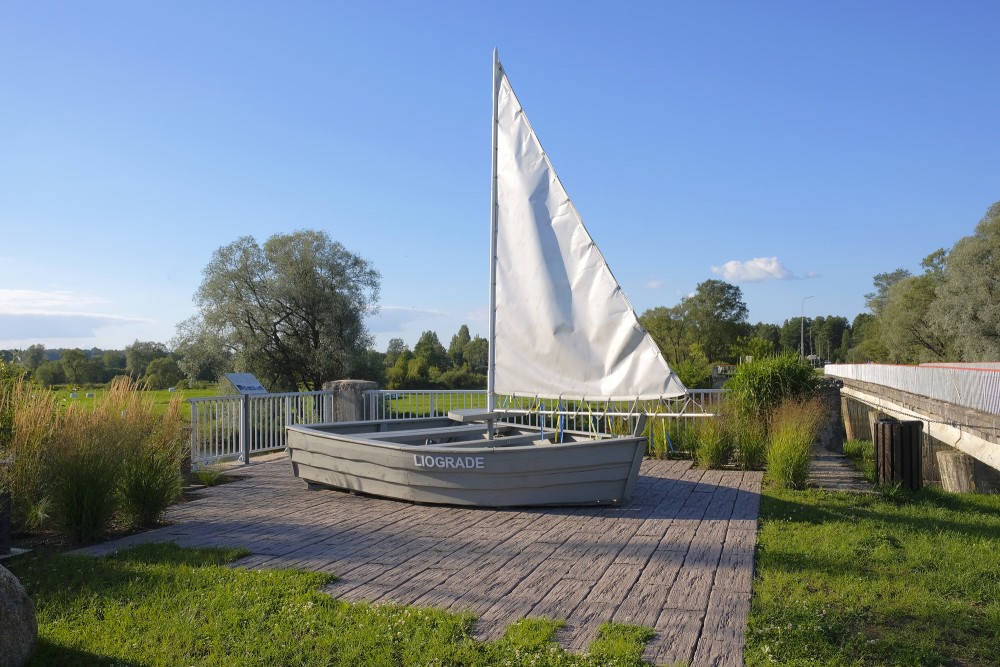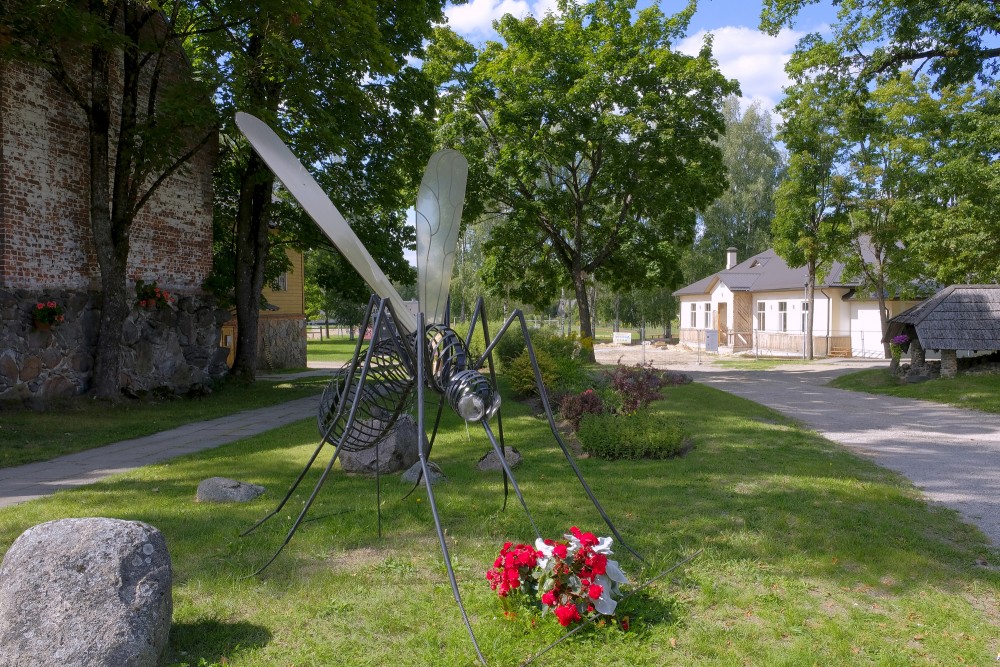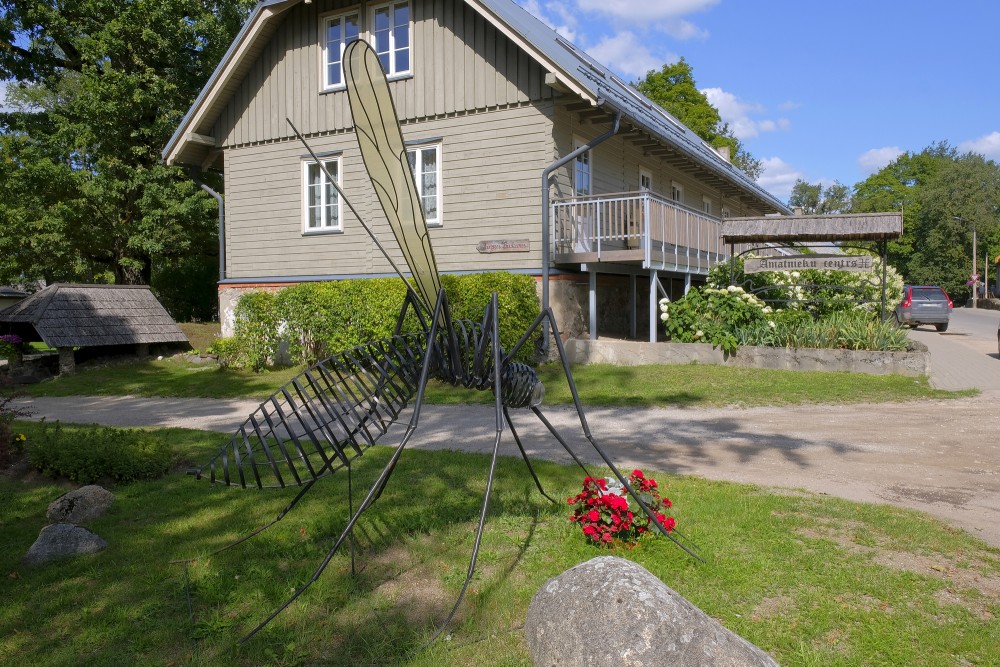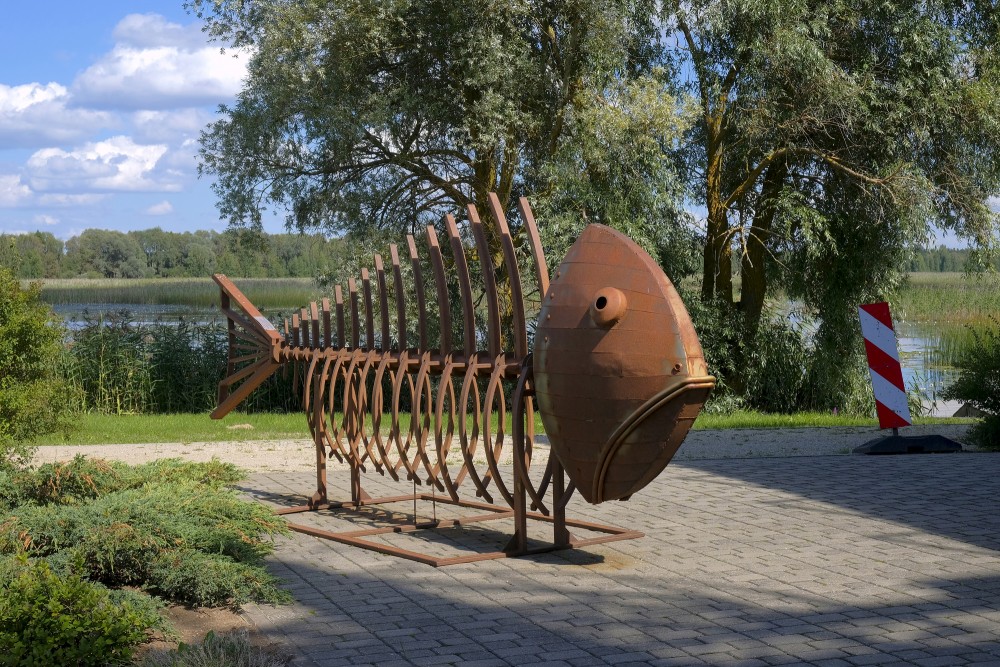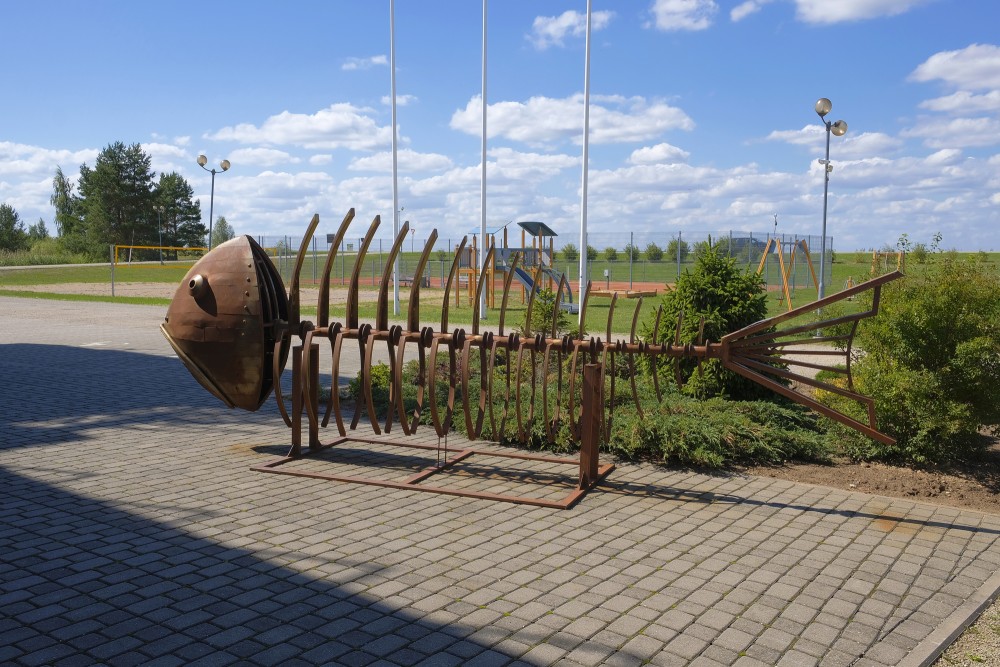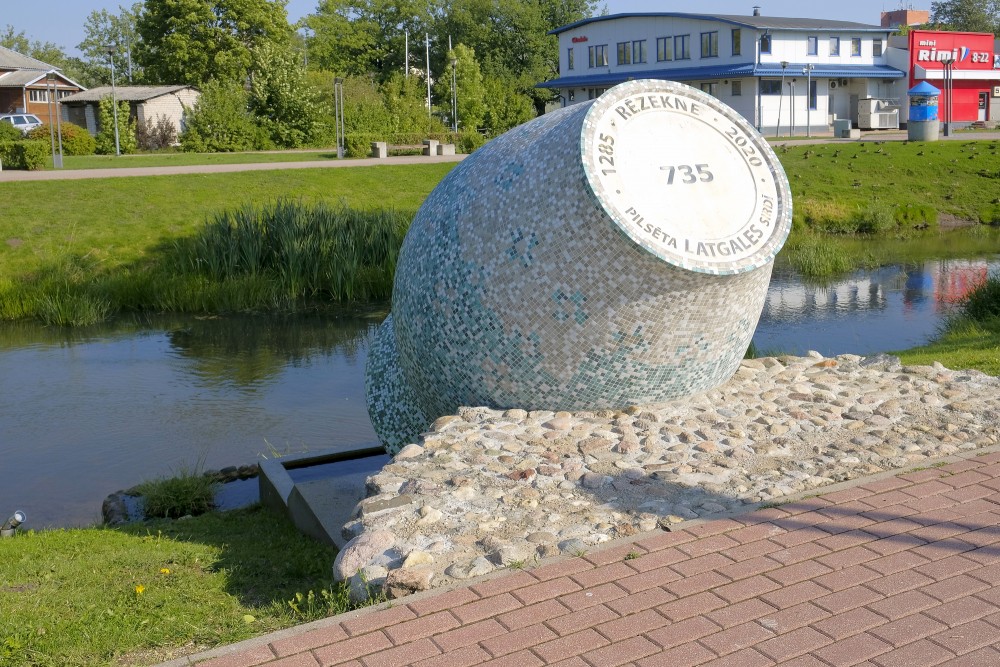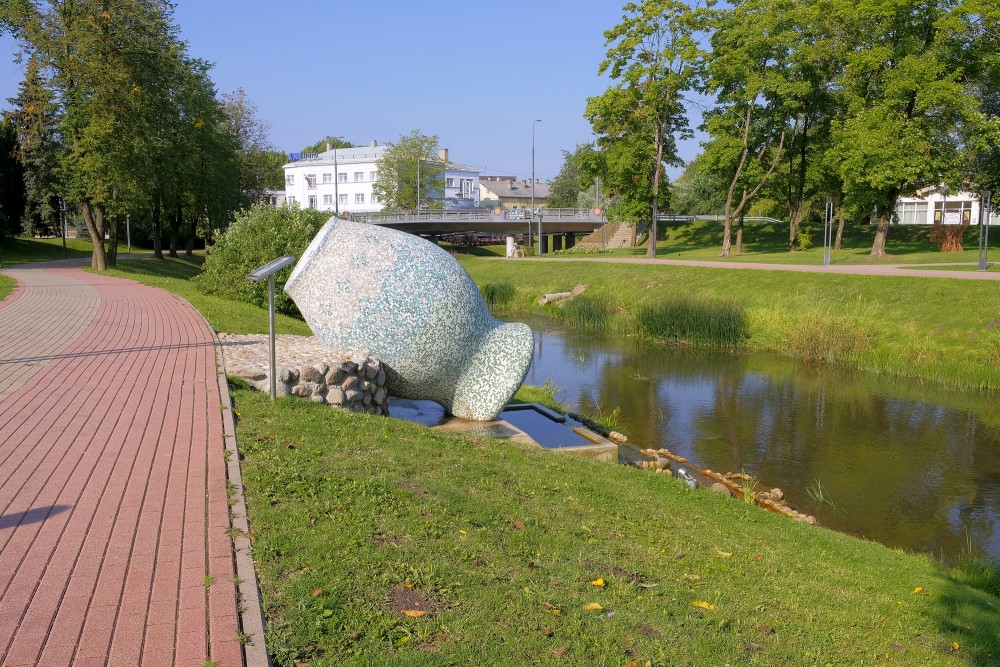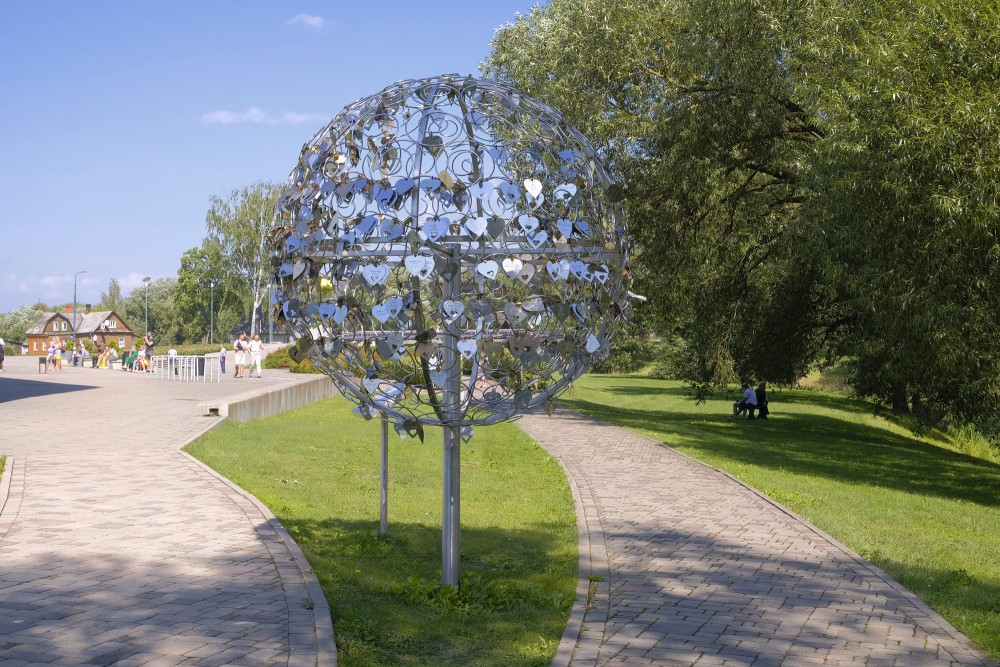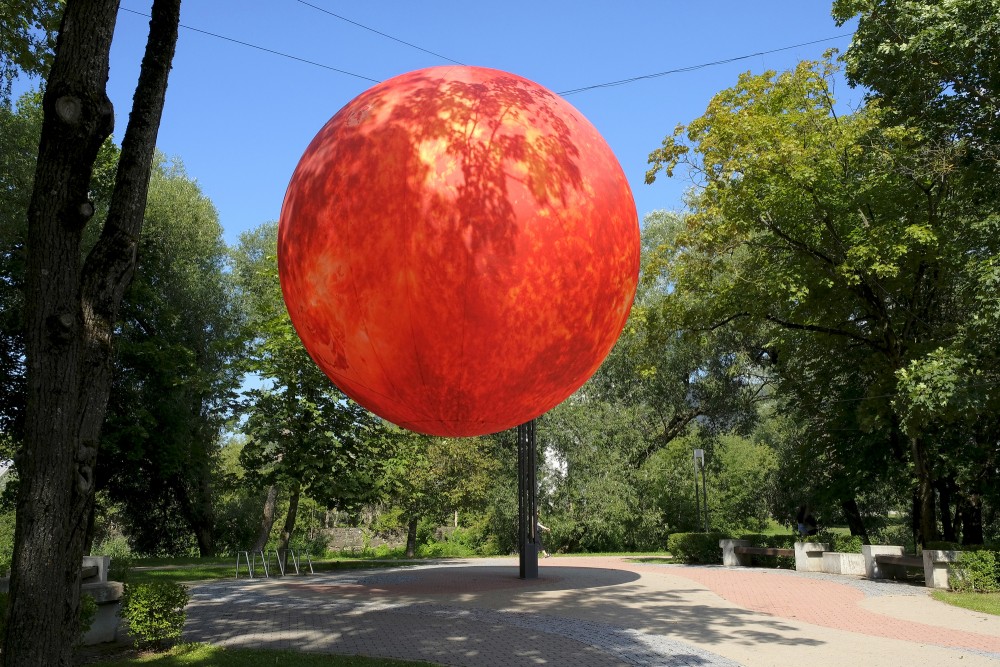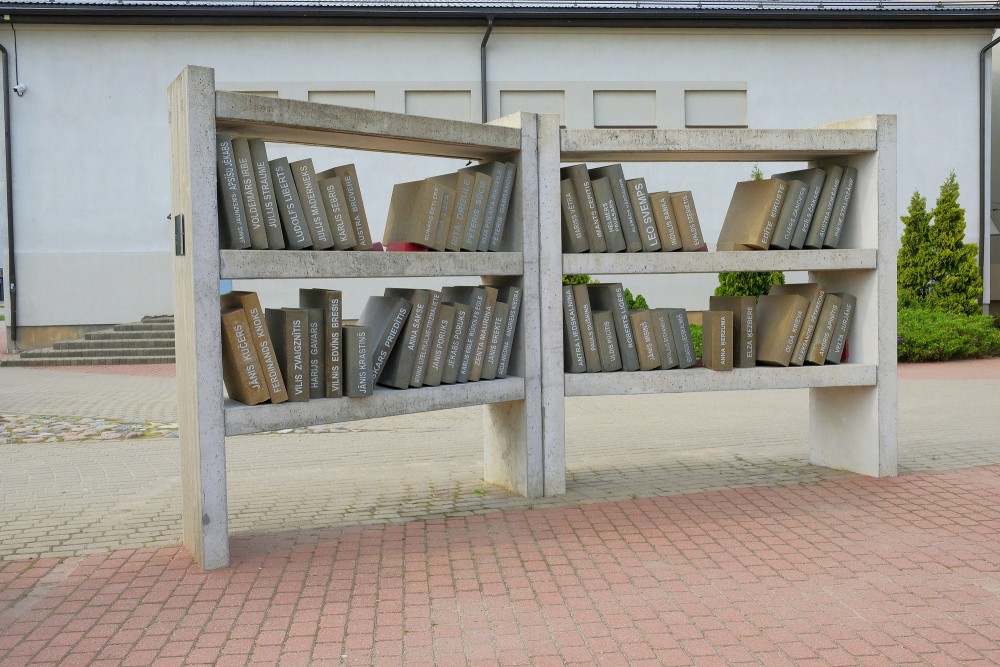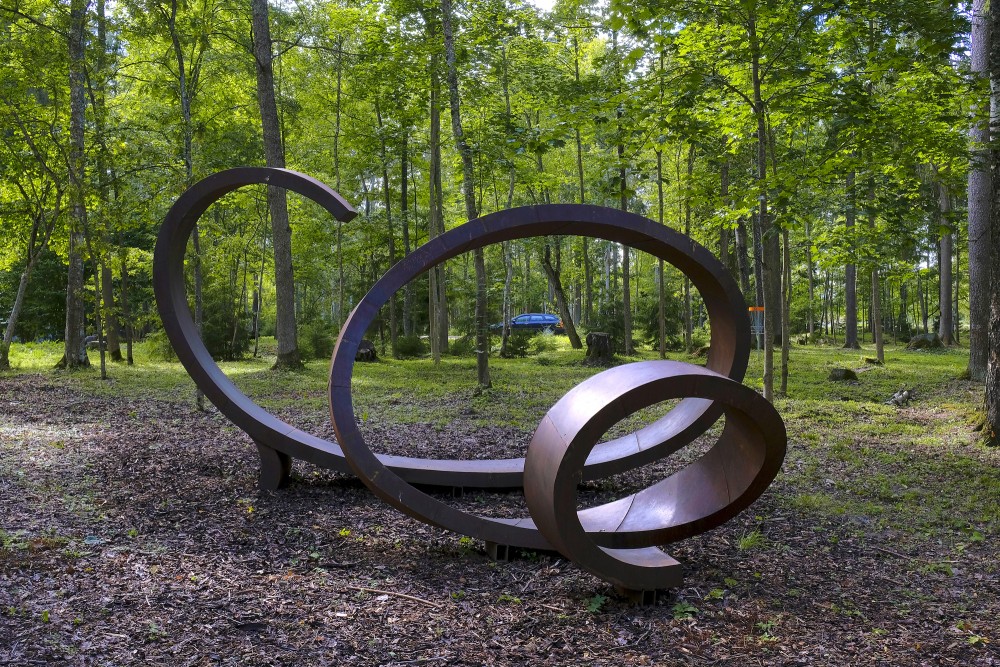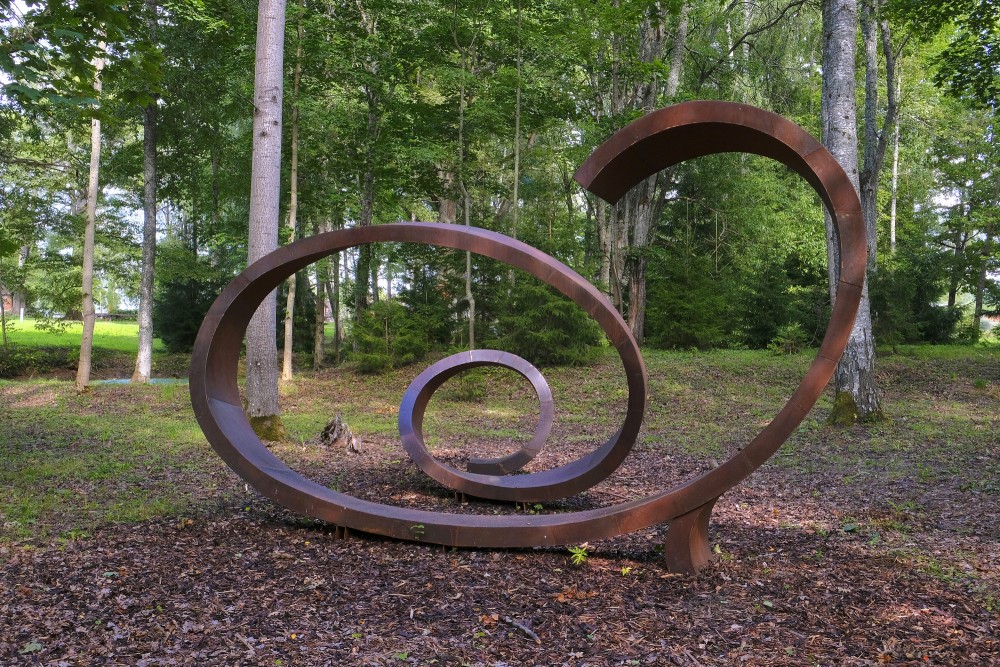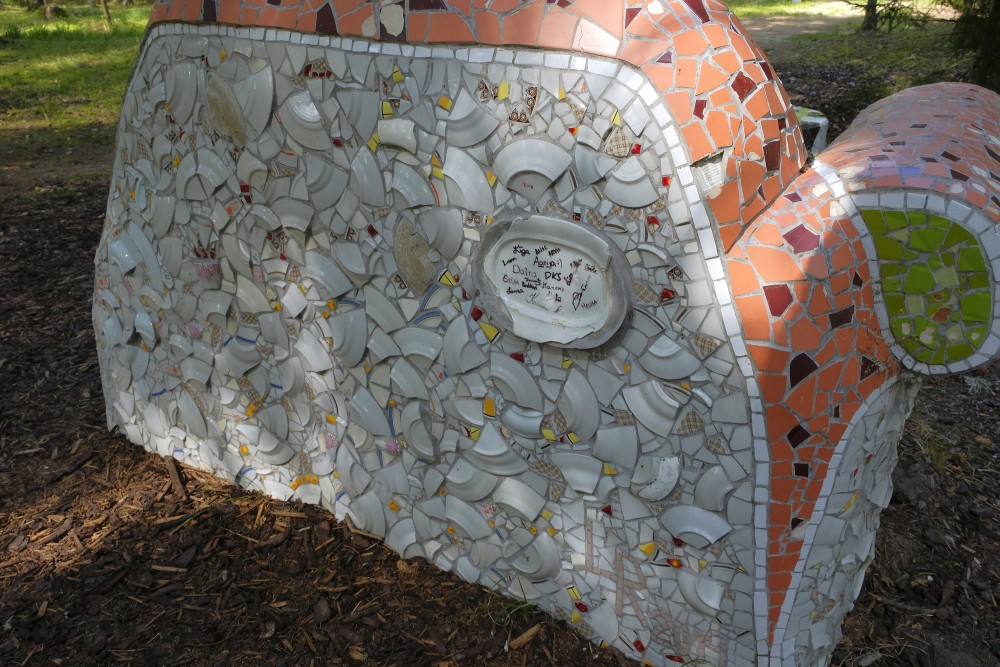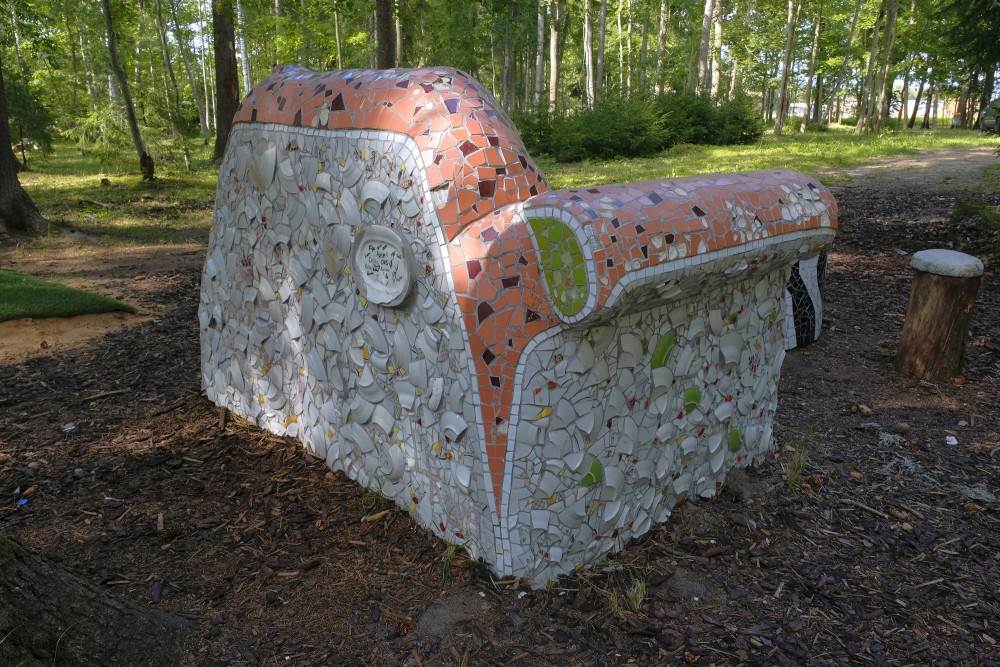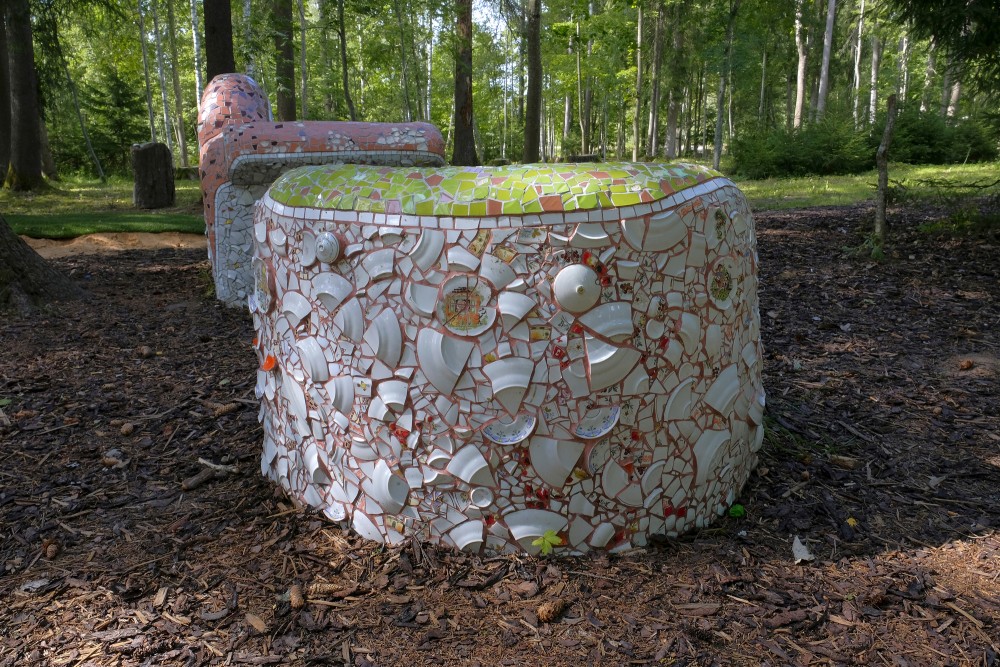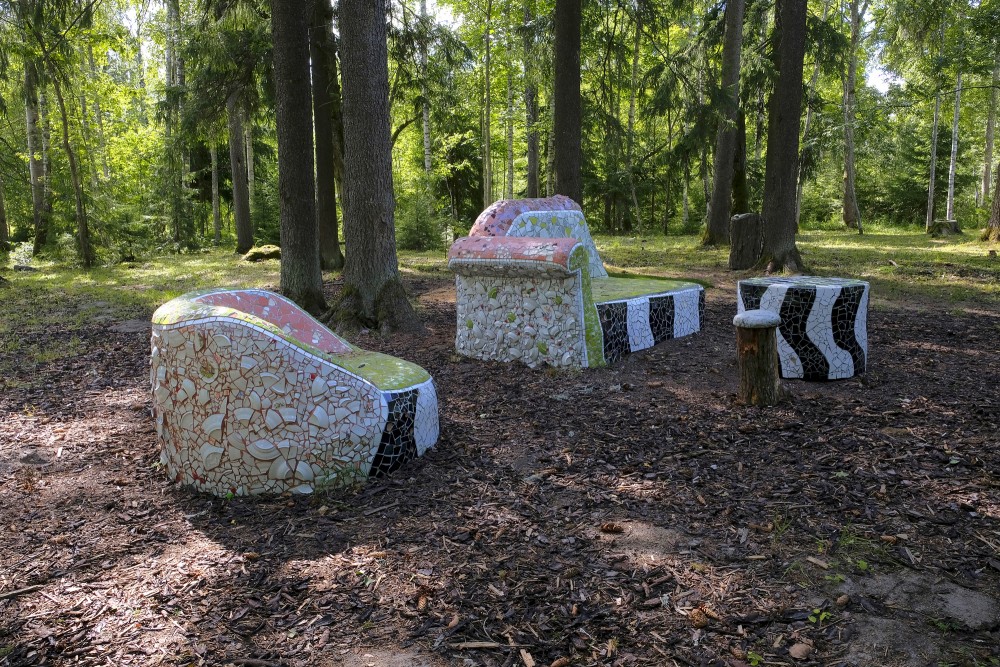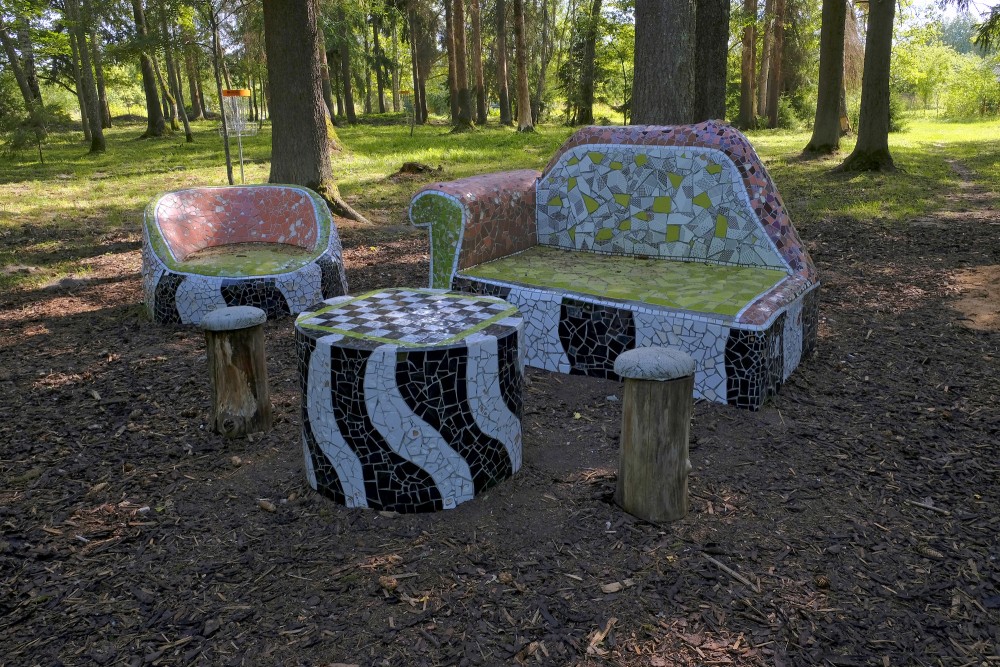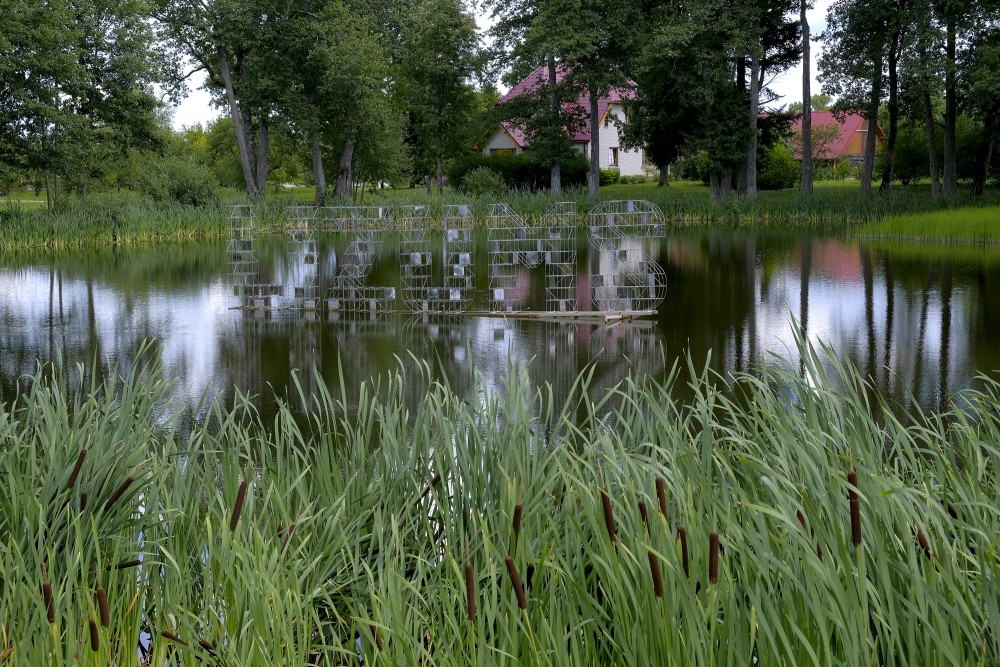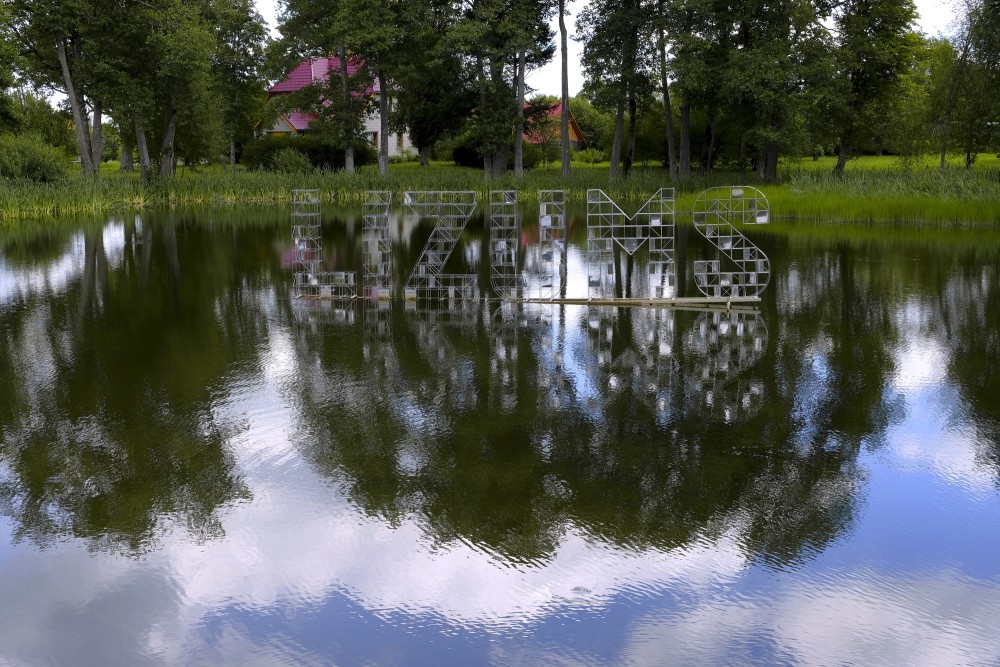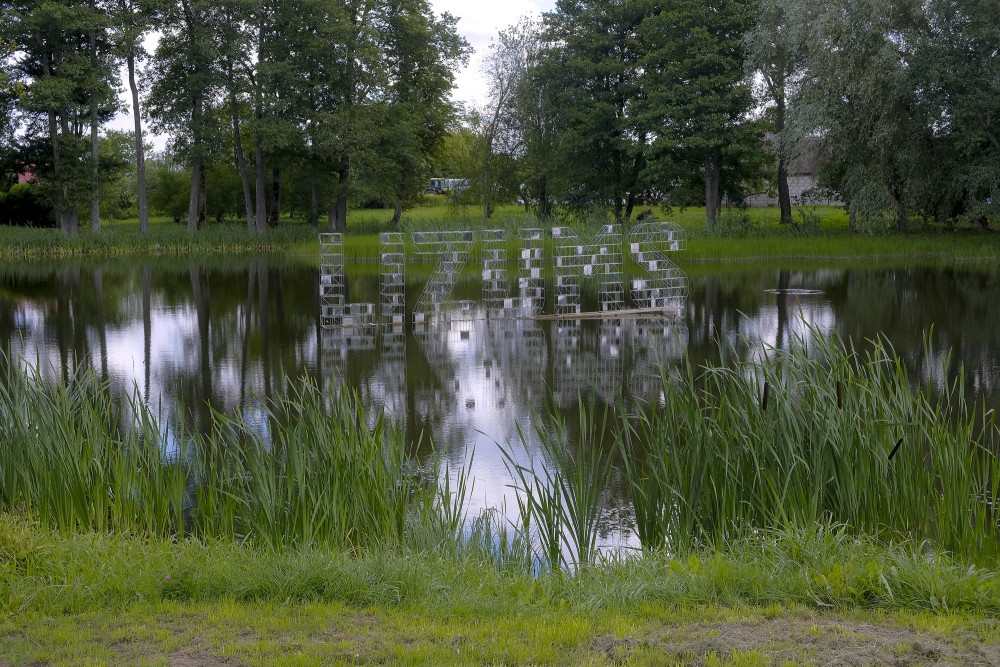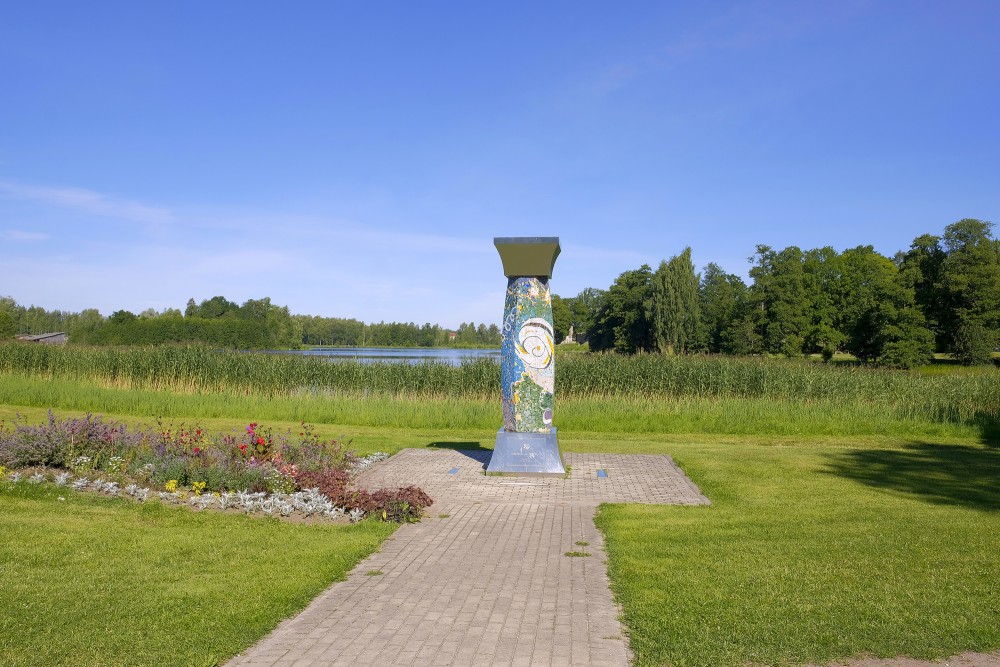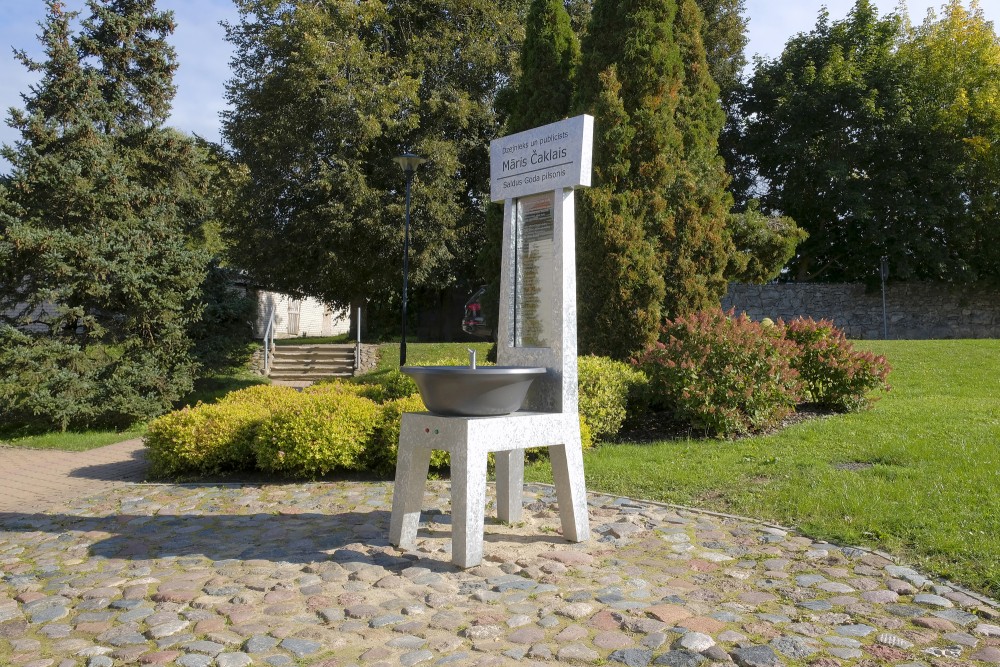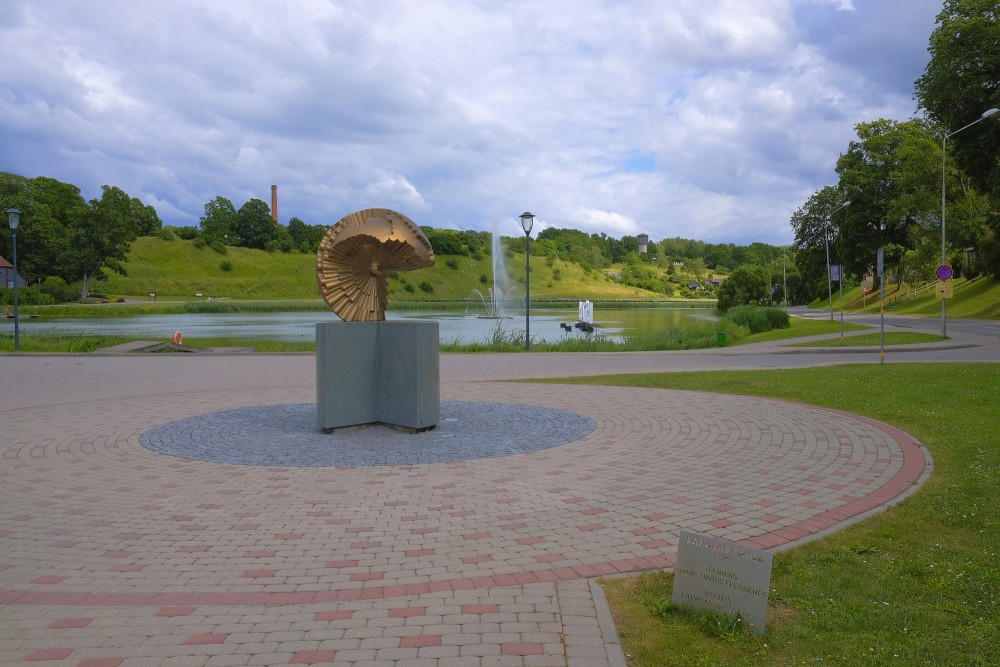Environmental Art Object
Environmental art is a range of artistic practices encompassing both historical approaches to nature in art and more recent ecological and politically motivated types of works. Environmental art has evolved away from formal concerns, worked out with earth as a sculptural material, towards a deeper relationship to systems, processes and phenomena in relationship to social concerns. Integrated social and ecological approaches developed as an ethical, restorative stance emerged in the 1990s. Over the past ten years environmental art has become a focal point of exhibitions around the world as the social and cultural aspects of climate change come to the forefront.
The term "environmental art" often encompasses "ecological" concerns but is not specific to them. It primarily celebrates an artist's connection with nature using natural materials. The concept is best understood in relationship to historic earth/Land art and the evolving field of ecological art. The field is interdisciplinary in the fact that environmental artists embrace ideas from science and philosophy. The practice encompasses traditional media, new media and critical social forms of production. The work embraces a full range of landscape/environmental conditions from the rural, to the suburban and urban as well as urban/rural industrial.
Challenging traditional sculptural forms
The growth of environmental art as a "movement" began in the late 1960s and early 1970s. In its early phases it was most associated with sculpture—especially Site-specific art, Land art and Arte povera—having arisen out of mounting criticism of traditional sculptural forms and practices that were increasingly seen as outmoded and potentially out of harmony with the natural environment.
In October 1968, Robert Smithson organized an exhibition at Dwan Gallery in New York titled “Earthworks.” The works in the show posed an explicit challenge to conventional notions of exhibition and sales, in that they were either too large or too unwieldy to be collected; most were represented only by photographs, further emphasizing their resistance to acquisition. For these artists escaping the confines of the gallery and modernist theory was achieved by leaving the cities and going out into the desert.
”They were not depiciting the landscape, but engaging it; their art was not simply of the landscape, but in it as well.” This shift in the late 1960s and 1970s represents an avant garde notion of sculpture, the landscape and our relationship with it. The work challenged the conventional means to create sculpture, but also defied more elite modes of art dissemination and exhibition, such as the Dawn Gallery show mentioned earlier. This shift opened up a new space and in doing so expanded the ways in which work was documented and conceptualized.
In Europe, artists such as Nils Udo, Jean-Max Albert, Piotr Kowalski, among others, had been creating environmental art such as Sculptures Bachelard since the 1960s.
en.wikipedia.org
